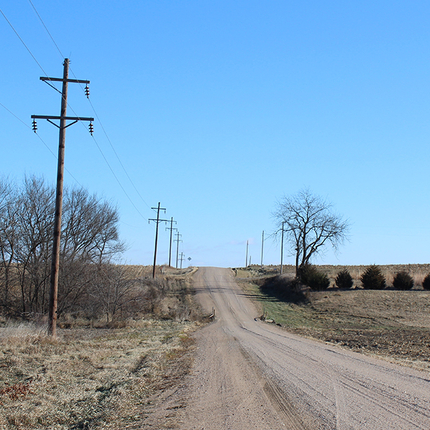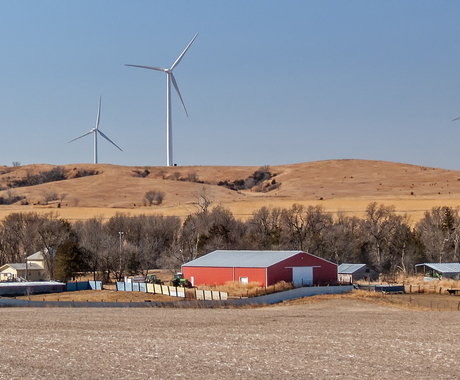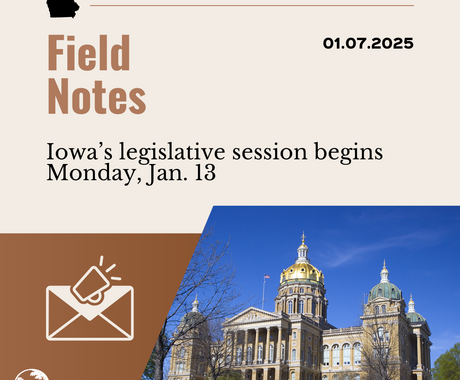We talk a lot about renewable energy at the Center for Rural Affairs. A big reason for that is because new renewable energy projects can provide a lot of benefits to rural communities – things like new tax revenue to fund local essential services like police or emergency services, direct payments to landowners, and bringing new jobs to small towns and rural areas. Those benefits are just the start – these projects also deliver cheap and clean renewable power for homes and small businesses.
When we talk about benefits for rural homes and businesses, energy efficiency is key. Energy efficiency is one of the best tools for decreasing power usage. Investing in energy efficiency can provide significant benefits to customers, especially in low-income households and rural communities, allowing them spend less money on their power bills.
Rural electric cooperatives are in an especially good position to assist their members in saving money on electric bills through energy efficiency programs. These programs involve more than just changing out the type of light bulb someone might use in their home. I spoke with Chris Studer of East River Electric Power Cooperative headquartered in Madison, SD, to learn more about a program connected to water heaters that they offer members.
“Here’s how the water heater portion of the program works,” he said. “When a co-op member-consumer buys a new electric water heater, the co-op will typically offer a rebate or incentive if the member is willing to have a load management receiver connected to their water heater. Workers at East River Electric’s 24/7 dispatch center will monitor the electric demand on the system and when the demand for electricity is greatest, East River sends a signal to the water heater receivers to cut power to the unit.”
By controlling when an electric water heater is drawing power, the cooperative is able to aid customers in avoiding using electricity when it is most expensive and turning the water heater on at times when demand is lower and electricity is cheaper.
“Think about a hot July evening when everyone’s air conditioners, water heaters and other power-hungry systems are on at the same time,” Chris said. “Or on a cold January morning when the wind chill is -40 degrees and furnaces are running overtime. Those scenarios create a lot of power demand. Extra power needs to be produced at those extreme times, and that’s when the most expensive power plants are running.”
Many programs like these make use of larger capacity water heaters, 85 or 105 gallon units for example, allowing cooperatives to turn on the water heater overnight for example. This allows homes to heat water at night when electricity is in less demand and cheaper, and maintain enough heat that the utility can minimize electricity use to reheat that water at times of high demand. The principle is the same for most demand response programs – use electricity when demand is low, and minimize usage when demand is high.
When cooperatives employ these programs, it leads to savings for rural electric consumers.
“Since 1985, consumers in the East River Electric service territory, which spans most of eastern South Dakota and parts of western Minnesota, have saved more than $190 million and that number continues to grow each day,” Chris said. “By allowing their co-op to install load management receivers on water heaters, some consumers receive a monthly bill credit, and most receive some amount of rebate or incentive when they purchase and install a water heater. It’s been an incredibly successful program for over three decades that has saved consumers a lot of money and avoided a lot of extra generation over that time period.”
Electric water heaters aren’t the only demand response program that East River operates. The program also includes irrigation equipment and air conditioning, along with other programs for large power users. In addition, East River offers rebates and incentives to members for energy efficient products like LED light bulbs and Energy Star-rated appliances along with home energy audits and weatherization loans.
Local cooperatives and members can benefit a lot from these programs. They allow rural community members to invest in energy efficiency measures, effectively partner with their power provider to change the way they use electricity, and ultimately decrease rates for themselves and the cooperative.





